When it comes to survival in the animal kingdom, some creatures have evolved defense mechanisms that are as ingenious as they are terrifying. These tactics ensure they evade predators or at least give them a fighting chance. From spraying noxious chemicals to playing dead with Oscar-worthy precision, these animals employ strategies that might make you grateful your biggest threat is Monday morning traffic. Here are 13 animals with the most alarming defense mechanisms that will leave you both impressed and relieved you’re not their predator.
1. The Bombardier Beetle
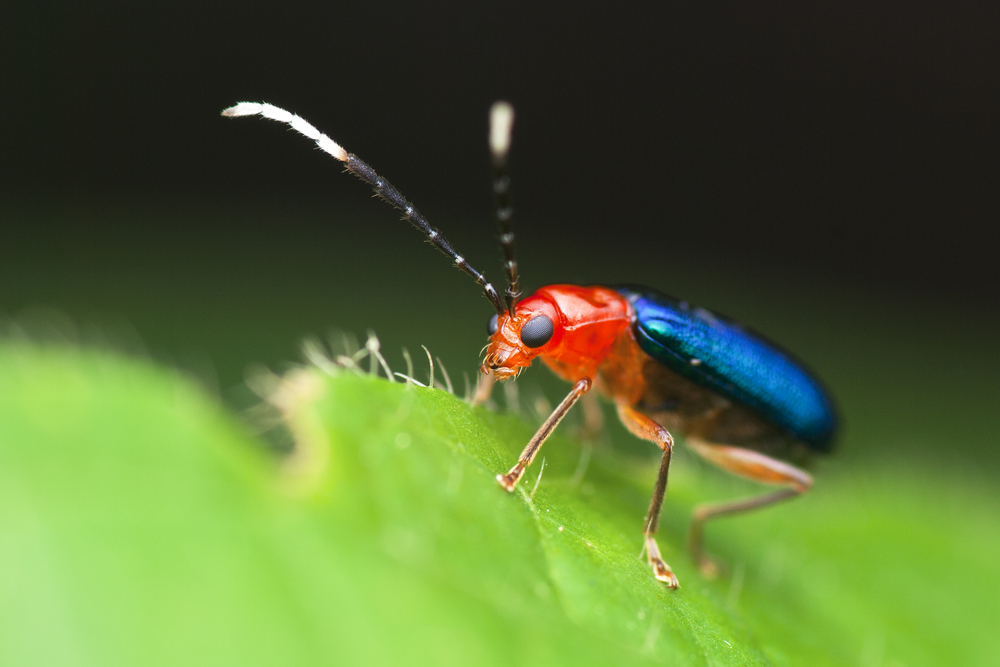
Imagine being able to deter an attacker with boiling hot chemicals. That’s precisely what the bombardier beetle does, releasing a concoction of hydrogen peroxide and hydroquinone from its abdomen. The chemicals mix in a reaction chamber, achieving a near-boiling temperature before being explosively released. It’s a defense mechanism that keeps most predators at bay, given the pain and potential injury it can cause.
The bombardier beetle’s unique adaptation has fascinated scientists for decades, as highlighted in a study published in Science magazine. Researchers have been investigating the beetle’s internal chemical storage and release system, exploring potential applications in engineering and materials science. Its mechanism is a masterclass in natural engineering, showcasing evolution’s knack for innovation. Next time you see a beetle, you might just give it a little more respect.
2. The Opossum
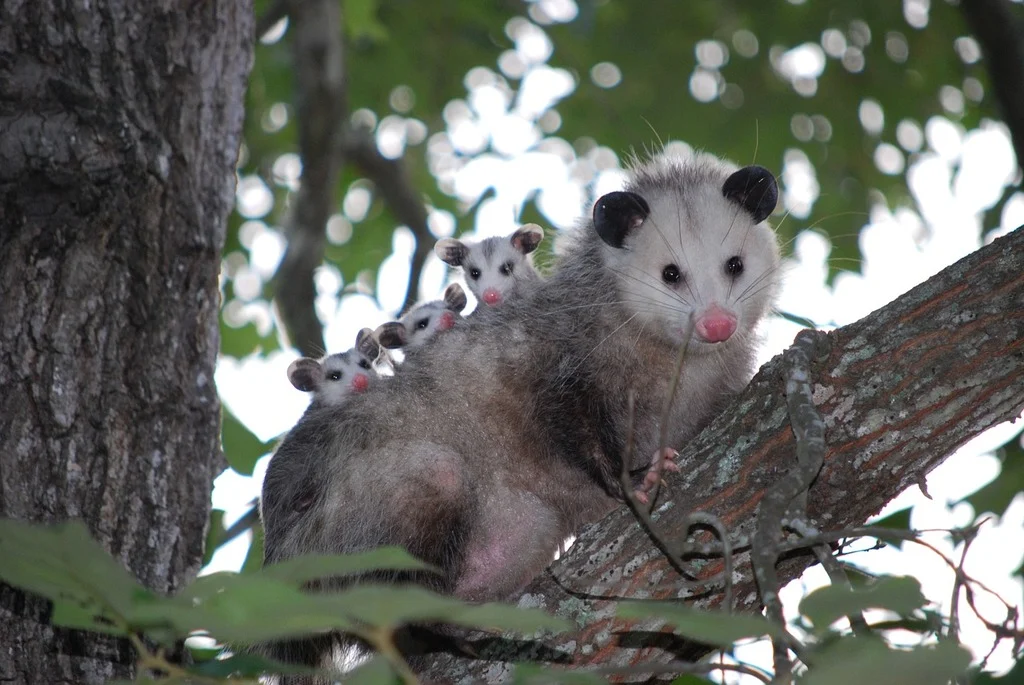
Playing dead might seem like a cliché in cartoons, but for the opossum, it’s a lifesaver. When threatened, it enters a catatonic state that can last for several hours. During this time, it emits a foul odor, simulating the scent of decomposition—a scent that repels most predators. This act is so convincing that even the most skeptical predator might walk away, fooled by the performance.
While it sounds like an act of sheer drama, the opossum’s strategy is rooted in its nervous system’s involuntary response. It’s not an act of conscious playacting but a physiological reaction to extreme stress. This evolutionary tactic helps them survive in environments full of predators eager for a meal. So, the next time you find yourself needing to escape a social situation, channel your inner opossum—but maybe skip the smell.
3. The Hagfish
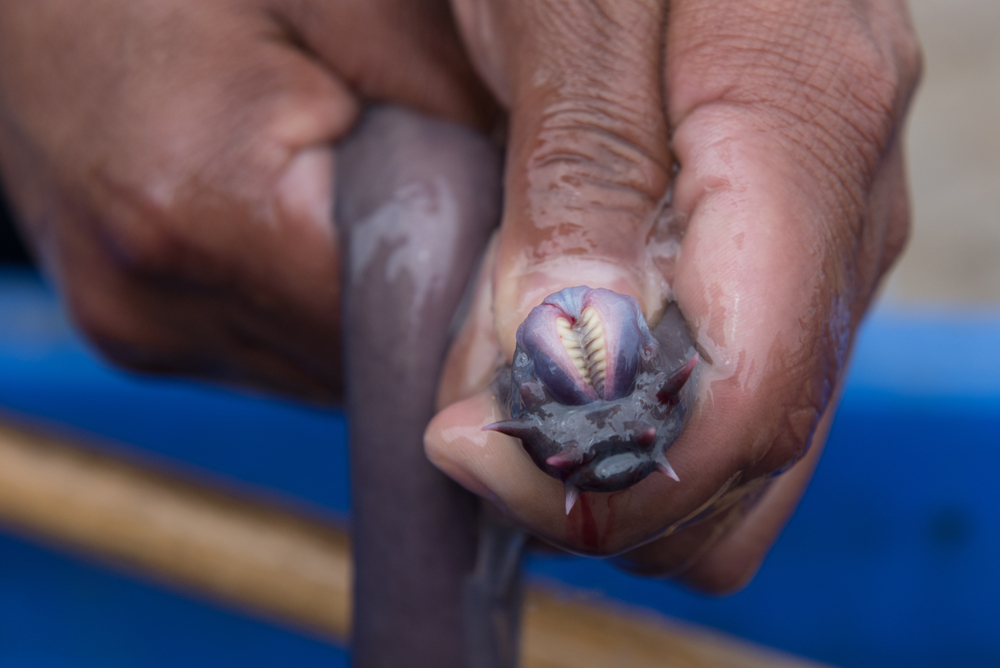
If you ever wondered what it would be like to turn yourself into an unappetizing glob, meet the hagfish. When threatened, this eel-like creature exudes a slime that expands upon contact with water. This slime can clog the gills of predatory fish, forcing them to retreat. It’s survival by gross-out, transforming the hagfish into the slippery Houdini of the ocean depths.
Research published in Nature reveals that this slime, made of protein threads, is both incredibly fine and strong. Scientists are looking into its potential uses in creating sustainable materials and even bio-degradable packaging. The hagfish might not be winning any beauty contests, but its defense mechanism is a marvel of natural innovation. In a world where slimy isn’t typically desirable, this creature turns it into a superpower.
4. The Horned Lizard
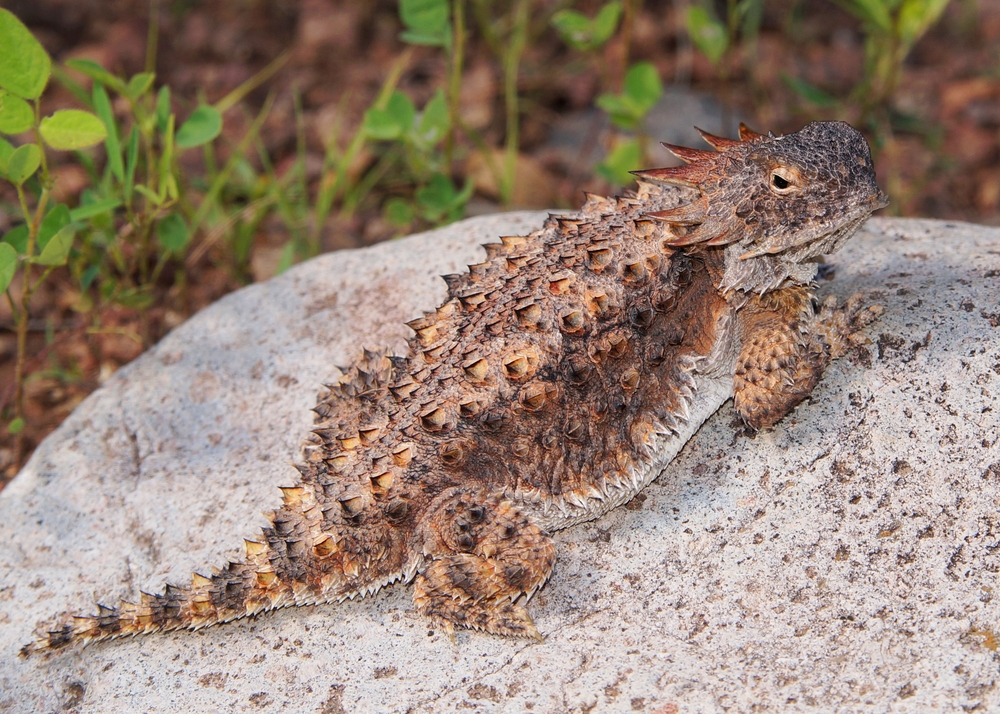
What if the answer to danger was in your blood? The horned lizard can squirt blood from its eyes as a defense mechanism, targeting predators with remarkable accuracy. The blood contains chemicals that are noxious to canines, one of its primary threats. This startling defense can deter would-be attackers long enough for the lizard to make a hasty retreat.
The horned lizard’s blood-squirting isn’t just a random act of desperation; it’s a carefully evolved survival tactic. The act requires precise control over blood pressure and aims to maximize the element of surprise. It’s a vivid reminder of nature’s creativity, albeit not one you’d want to witness firsthand. This might just be the ultimate card to play when you’d prefer not to become someone’s dinner.
5. The Skunk
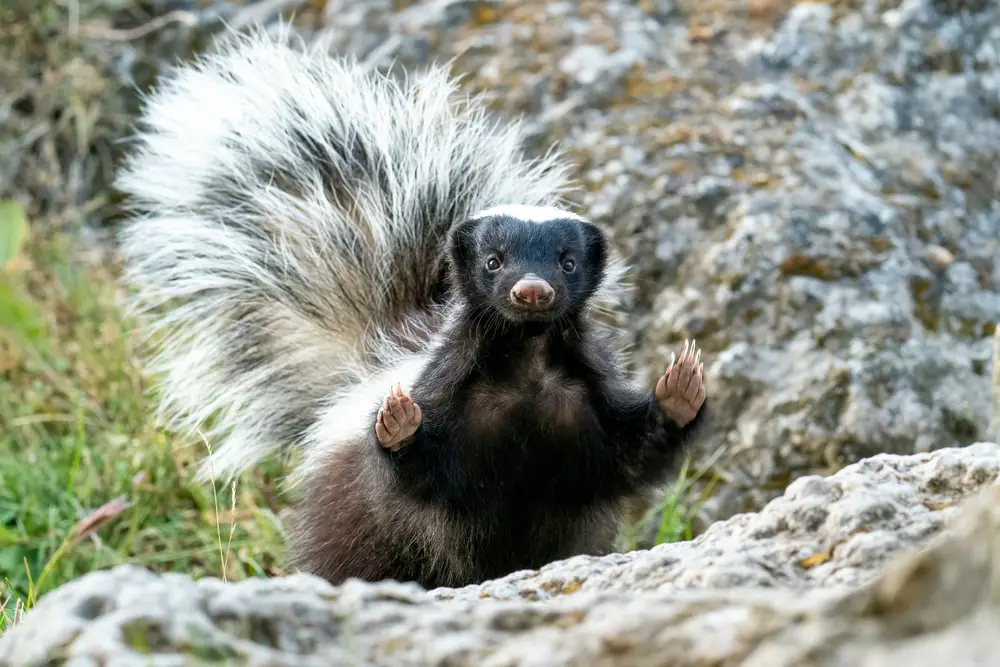
Ah, the skunk, nature’s little renegade with a scent that precedes its reputation. When cornered, this otherwise docile creature turns into a chemical warfare expert, releasing a foul-smelling spray from its anal glands. This spray can cause irritation and even temporary blindness, giving the skunk ample time to escape. It’s a defense that doesn’t just deter but outright repulses, making it effective against most predators.
According to wildlife expert Dr. Jerry Dragoo, the skunk has a surprisingly good aim, capable of hitting a target several feet away. This precision and potency make it one of the most effective defense mechanisms in the wild. While the skunk might not win any popularity contests, it embodies the idea that sometimes the best defense is a strong offense. Next time you see one waddling away, remember it’s armed and ready to defend its peace.
6. The Sea Cucumber
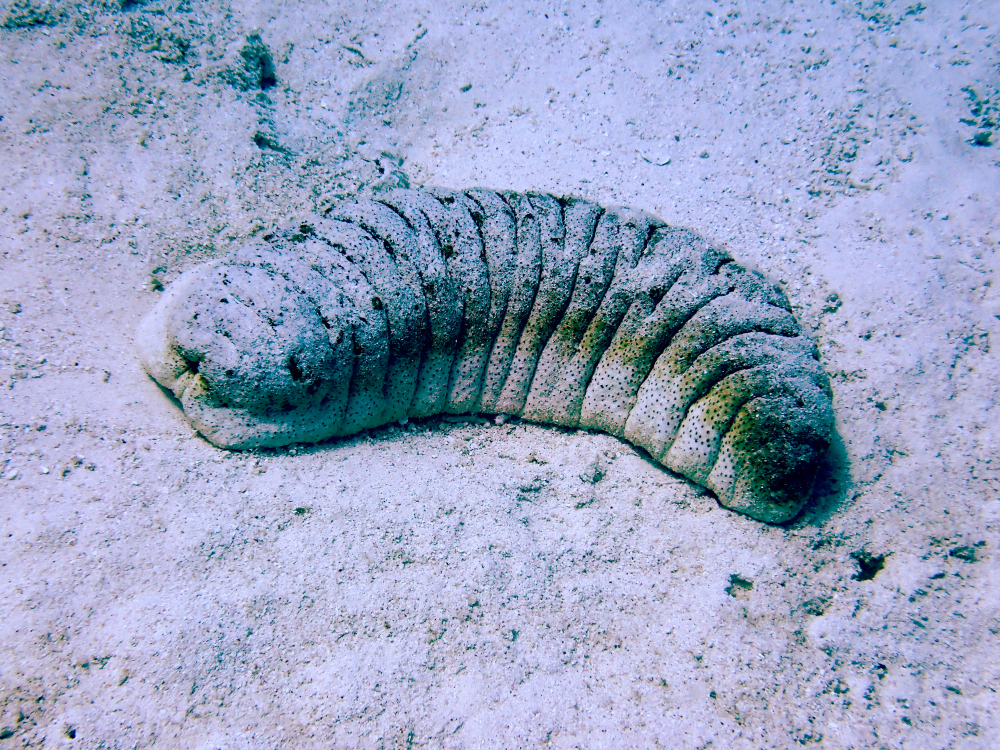
In the underwater world, the sea cucumber is a master of evisceration—not of its enemies, but of itself. When threatened, it expels its internal organs, which are sticky and may contain toxins. This dramatic action can entangle or deter a predator long enough for the sea cucumber to escape. Remarkably, it can regenerate these organs over time, making it a temporary but effective sacrifice.
This self-sacrificial tactic underscores the lengths to which evolution will go to ensure survival. It’s an impressive feat of regeneration that scientists study to understand cell growth and healing. While the sea cucumber might not look like much, its defense mechanism is nothing short of extraordinary. It’s a reminder that sometimes, retreat and regrowth are the keys to living another day.
7. The Malaysian Exploding Ant
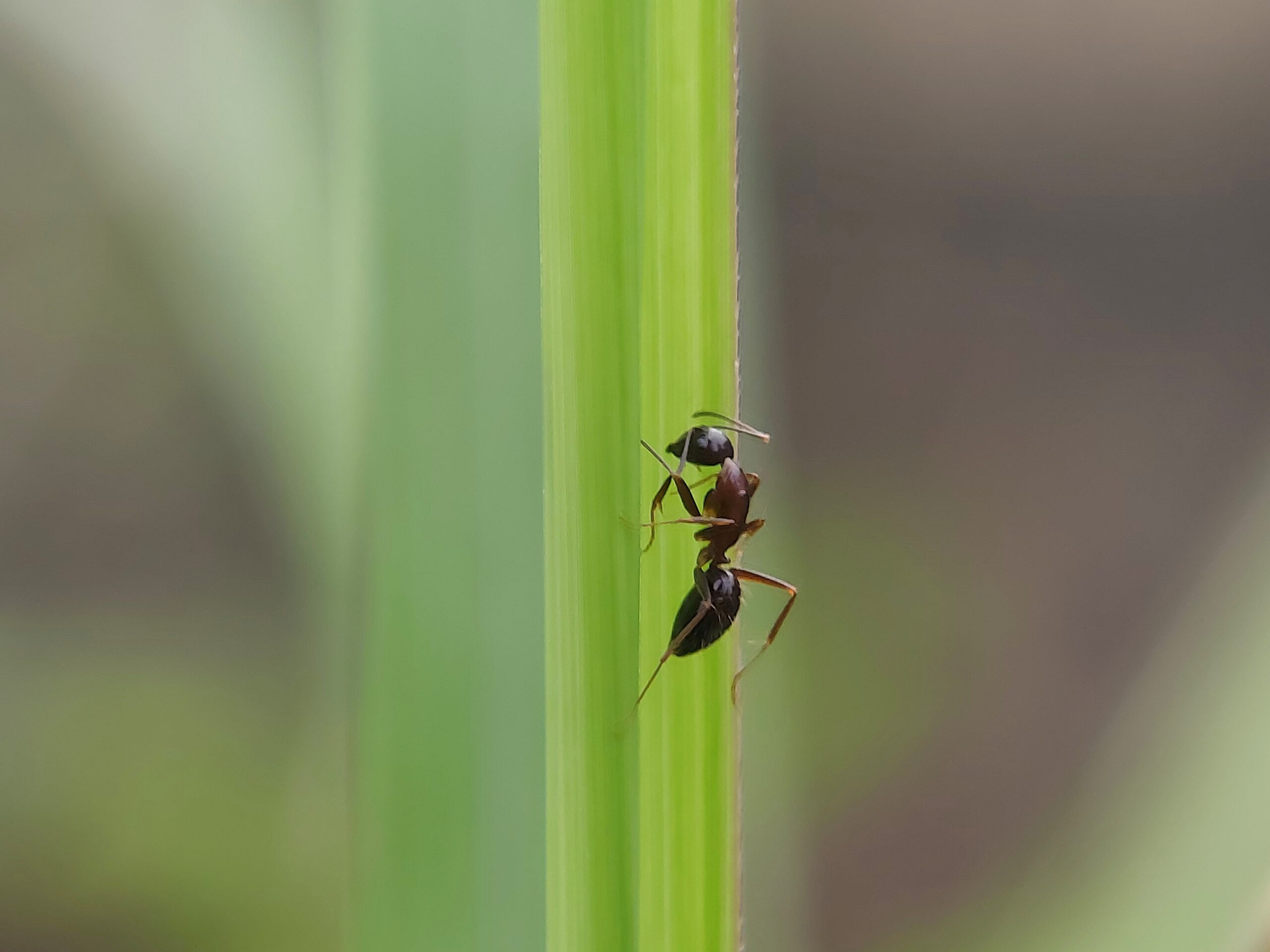
In a collective act of kamikaze, the Malaysian exploding ant displays a defense mechanism that is both admirable and alarming. When the colony is threatened, certain worker ants contract their abdomen until they burst, releasing a sticky, toxic substance. This self-destructive act protects the colony by incapacitating predators. It’s community-first, a testament to the lengths some species will go to protect their own.
Research highlighted in Current Biology has documented the unique social structure of these ants, where sacrifice is a collective strategy. The colony’s survival hinges on this ultimate act of selflessness, a fascinating example of eusociality. In the grand scheme of evolution, it’s a powerful reminder of the balance between individual sacrifice and communal survival. Whether or not you agree with their approach, it’s hard not to respect their dedication to the greater good.
8. The Armadillo
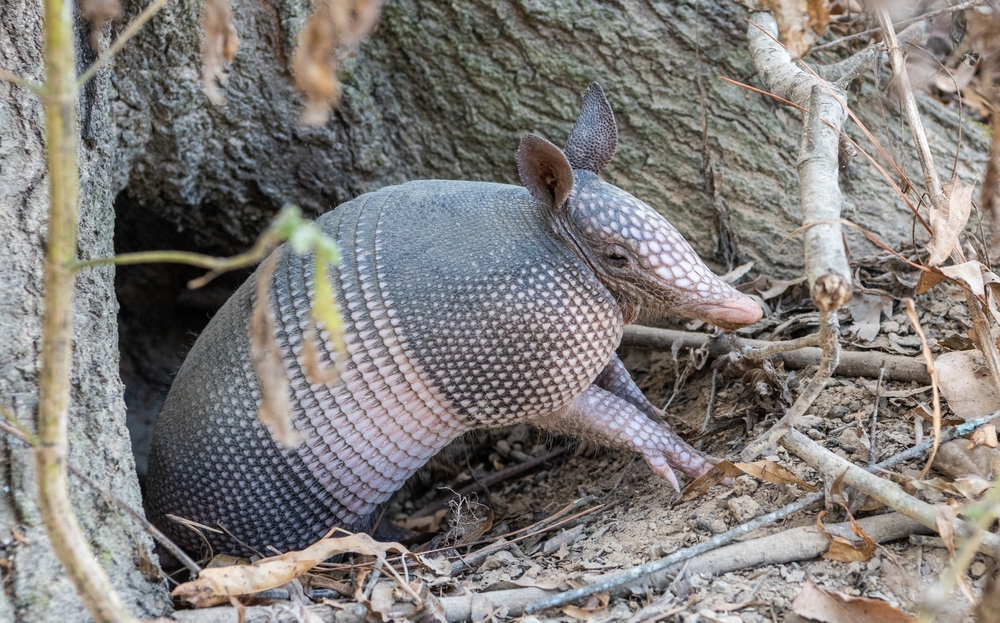
With a name that sounds like something out of a children’s book, the armadillo’s defense mechanism is straight out of a medieval playbook. When threatened, the three-banded armadillo rolls into a tight ball, protecting its soft underbelly with armor-like plates. This defense is so effective that predators often lose interest, unable to penetrate its defenses. It’s a simple yet brilliantly effective way to keep safe.
The armadillo’s ability to curl up isn’t just about rolling away from danger but also about conserving energy and resources. This behavior is a testament to the power of adaptability, a hallmark of evolutionary success. Observing an armadillo in action is like watching a tiny, ancient tank maneuver its way through life. In a world where bigger often means better, the armadillo’s petite resilience is nothing short of inspiring.
9. The Electric Eel
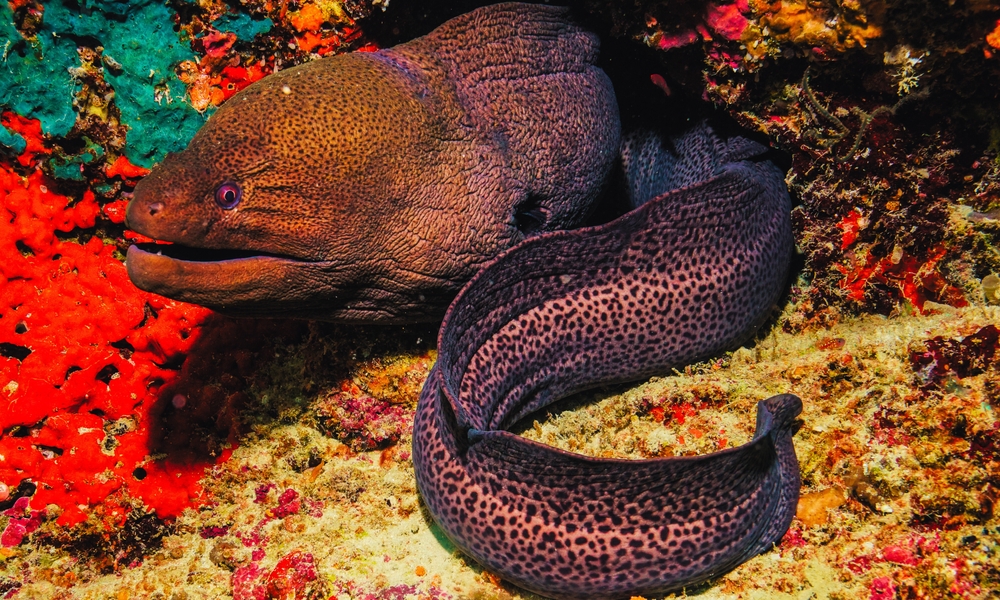
In the depths of South American rivers, the electric eel lurks with a literal shock value as its defense. This aquatic creature can generate electric shocks up to 600 volts, enough to stun an adult human. The eel uses this ability to deter predators and navigate murky waters by sensing its surroundings. It’s an electrifying example of nature’s ingenuity, where power is just a zapping away.
This shocking ability isn’t just a party trick; it’s a sophisticated biological system involving specialized cells called electrocytes. Scientists study electric eels to understand bioelectricity, which has implications in medical technology and renewable energy. As you ponder the mysteries of the natural world, the electric eel’s unique adaptation stands out as both fearsome and fascinating. Just remember, it’s one fish you don’t want to catch on a bad day.
10. The Mimic Octopus
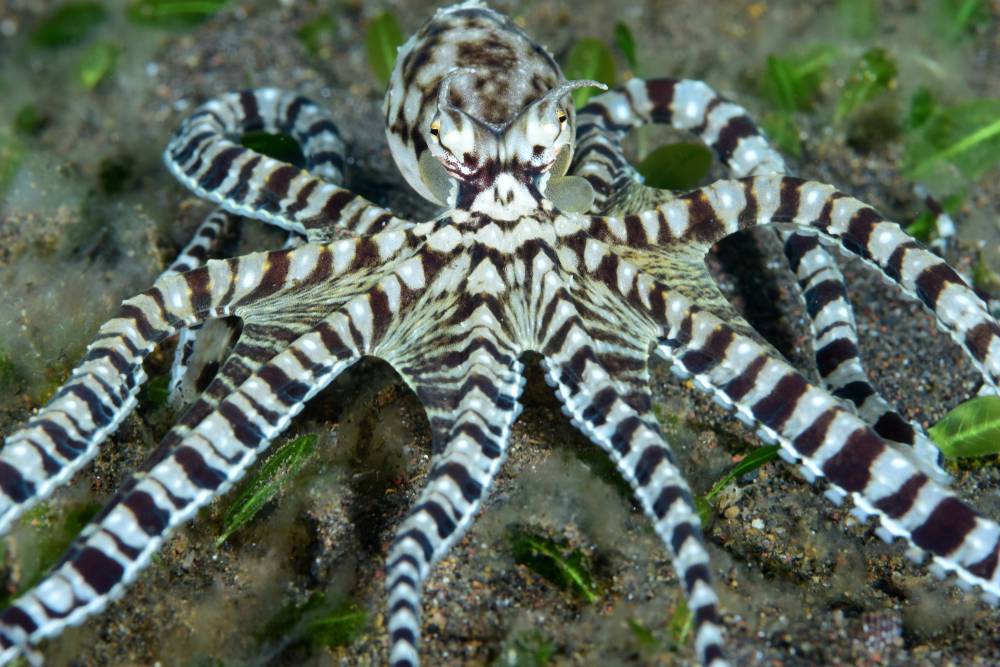
The mimic octopus takes the art of deception to new heights with its extraordinary ability to impersonate other marine animals. By changing its color, texture, and shape, it can mimic the appearance of more dangerous creatures like lionfish or sea snakes. This act of mimicry confuses predators, buying it time to escape. It’s not just about hiding but about becoming something entirely different, a true shapeshifter of the sea.
The mimic octopus’s tactic is a masterclass in adaptability and quick thinking. In an ever-changing environment, its ability to evaluate threats and dynamically respond is nothing short of incredible. Furthermore, its intelligence is a subject of ongoing research, providing insight into the cognitive capabilities of cephalopods. In the complex dance of survival, the mimic octopus is undoubtedly a lead performer, proving that sometimes, the best way to survive is to become something you’re not.
11. The Pufferfish
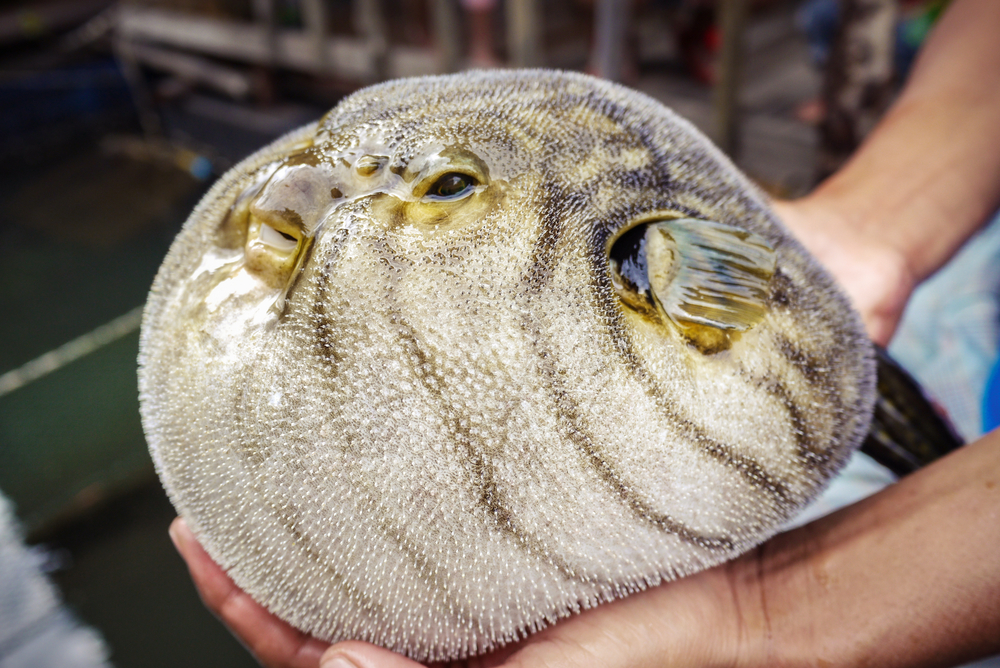
The pufferfish, with its seemingly innocuous appearance, hides a deadly secret as part of its defensive strategy. When threatened, it rapidly ingests water to inflate its body, making it difficult for predators to swallow. Some species also have spines that protrude when inflated, adding a layer of physical deterrence. As if that weren’t enough, many pufferfish contain tetrodotoxin, a potent neurotoxin that can be lethal to predators.
This combination of mechanical and chemical defense makes the pufferfish an intimidating adversary despite its size. The tetrodotoxin is a calculated risk, as it’s not harmful to the pufferfish itself but could devastate those who try to eat it. Scientists study pufferfish to understand toxin resistance and its potential applications in medicine. It’s an intriguing juxtaposition of cuteness and danger, proving that looks can indeed be deceiving.
12. The Monarch Butterfly
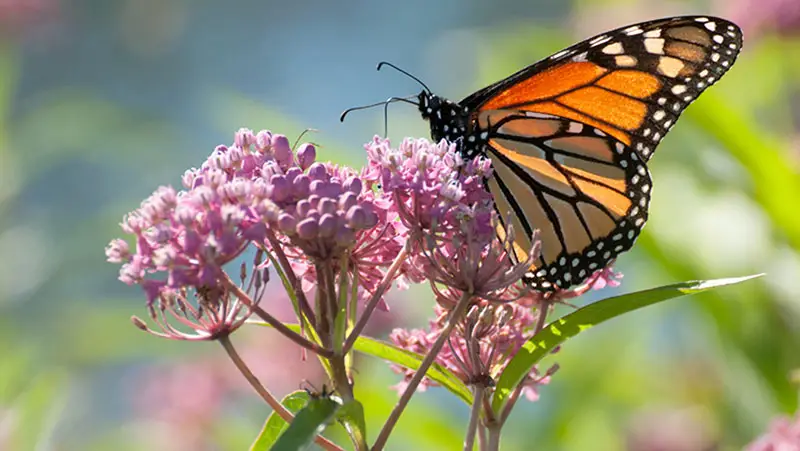
The monarch butterfly isn’t just a pretty face; it’s a strategic survivor with a toxic twist. As caterpillars, they consume milkweed, a plant containing toxic compounds called cardenolides. These compounds remain in their system into adulthood, making them distasteful to predators. Birds quickly learn to avoid these colorful insects after a single bitter encounter.
This defense mechanism, known as aposematism, is a classic example of nature’s warning signals—bright colors broadcasting danger. The monarch’s reliance on toxic plants teaches us about ecological interdependence and the power of learned behavior in the wild. As threats to their habitats grow, understanding these dynamics is crucial for their conservation. Monarch butterflies remind us that even the most delicate creatures can wield significant power.
13. The Slow Loris
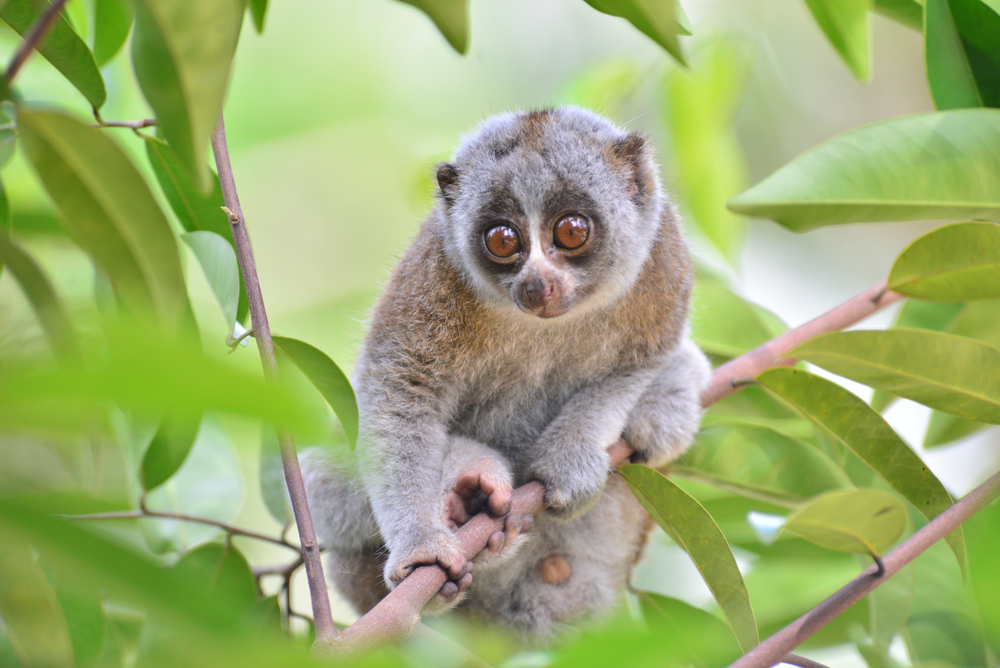
In the world of cute and cuddly, the slow loris seems to fit right in—until you learn about its venomous bite. This primate produces a toxin in glands on the inside of its elbows, which it applies to its teeth during grooming. When threatened, it delivers a bite that can cause severe pain, allergic reactions, or even death. It’s a surprising arsenal for such an innocent-looking creature, a stark reminder that appearances can be deceiving.
The slow loris’s venomous defense is part of a complex survival strategy in the dense jungles of Southeast Asia. This adaptation is not just for self-defense but also for protecting its young, as mothers coat their fur with the toxin. Conservationists are keenly interested in the slow loris, as habitat loss and illegal pet trade threaten their populations. In the delicate balance of ecosystems, the slow loris stands out as a testament to the unexpected wonders of evolution.
